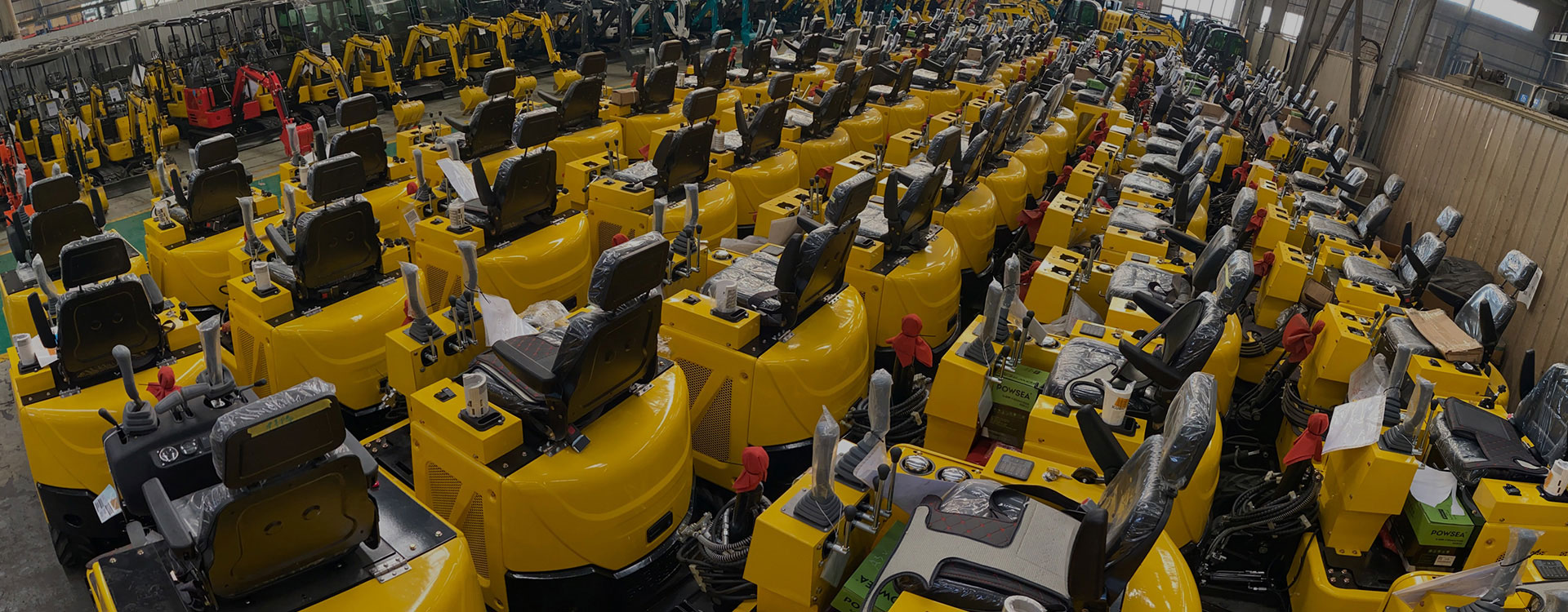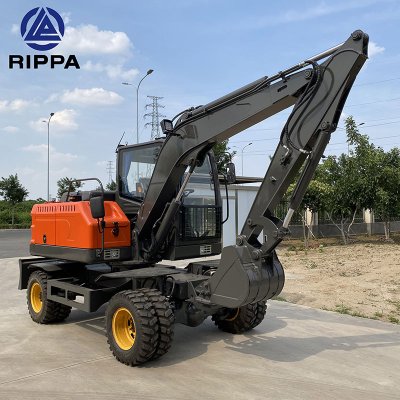Skid Steer Steer Maintenance Manual
Skid Steer Steer Maintenance Manual
Skid steer loaders are key mechanical equipment on construction sites, farms and in industrial production, and their performance and service life have a direct impact on operational efficiency and safety. Science-based and reasonable maintenance is critical to ensuring that your skid steer loader is in good condition.
What are the principles of RIPPA protection?
RIPPA is a systematic equipment maintenance concept that helps equipment managers reduce failure rates and extend the life of equipment:
- Reduction: Reduce the failure rate of skid steer forklifts through predictive maintenance.
- Inspection: Regularly check the condition of key equipment components and identify faults in a timely manner.
- Protection: Take effective measures to protect the device from damage and environmental influences.
- Preparation: Prepare tools, spare parts, and maintenance plans to ensure that maintenance runs smoothly.
- Take action: Take timely maintenance and adjustment measures to restore the equipment to optimal operating condition.
Main stages of maintenance of a skid steer loader
1. Reducing the number of bounces
- Change the lubricating oil and hydraulic oil regularly to ensure that the mechanical parts are lubricated and run smoothly and avoid wear.
- Use high-quality fuel and filters to prevent the formation of carbon deposits in the engine and clogging the system.
- Standardize operations to avoid damage caused by equipment overload and improper operation.
2. Regular Inspection
- Check the hydraulic system pressure and oil level daily to make sure it is working properly.
- Monitor tire or track wear and replace badly worn parts in time.
- Check the engine cooling system to prevent overheating and failure.
- Check the alarm system and safety devices to ensure the safety of the operator.
3. Protect
- Clean the equipment after operation to remove dirt and debris, prevent rust and blockages.
- Cover the vehicle with a protective film while it is stationary to protect it from wind, sun, and rain.
- Choose a suitable workstation to reduce mechanical shock and damage.
4. Preparation for maintenance
- Create maintenance files to record each item and service status.
- Keep the necessary lubricants, filters, spare parts and tools ready to reduce equipment downtime.
- Create a maintenance schedule and follow it regularly.
5. Take action
- If there is any malfunction in the operation of the equipment, stop the machine immediately for inspection to avoid further damage.
- Quick replacement or repair of worn or defective parts.
- Provide regular operator training to improve equipment use and maintenance skills.
Importance and Impact of Skid Steer Loader Maintenance
The implementation of RIPPA maintenance principles not only significantly reduces the failure rate of skid steer loaders, but also improves the efficiency and safety of equipment operation. At the same time, reasonable maintenance can extend the service life of equipment, reduce maintenance costs, and improve the economic benefits of the enterprise.
## To Summarize
Maintenance of skid steer forklifts is a systematic and important task that can be performed scientifically, efficiently and comprehensively by combining the principles of RIPPA. Regularly reducing the risk of breakdowns, carefully checking the condition of the equipment, protecting mechanical components, being ready for maintenance and taking timely action are the keys to ensuring that your skid steer loader is always in excellent working order.
If you want to learn more about mechanical maintenance, please follow us for professional and practical industry information and technical guidance.



